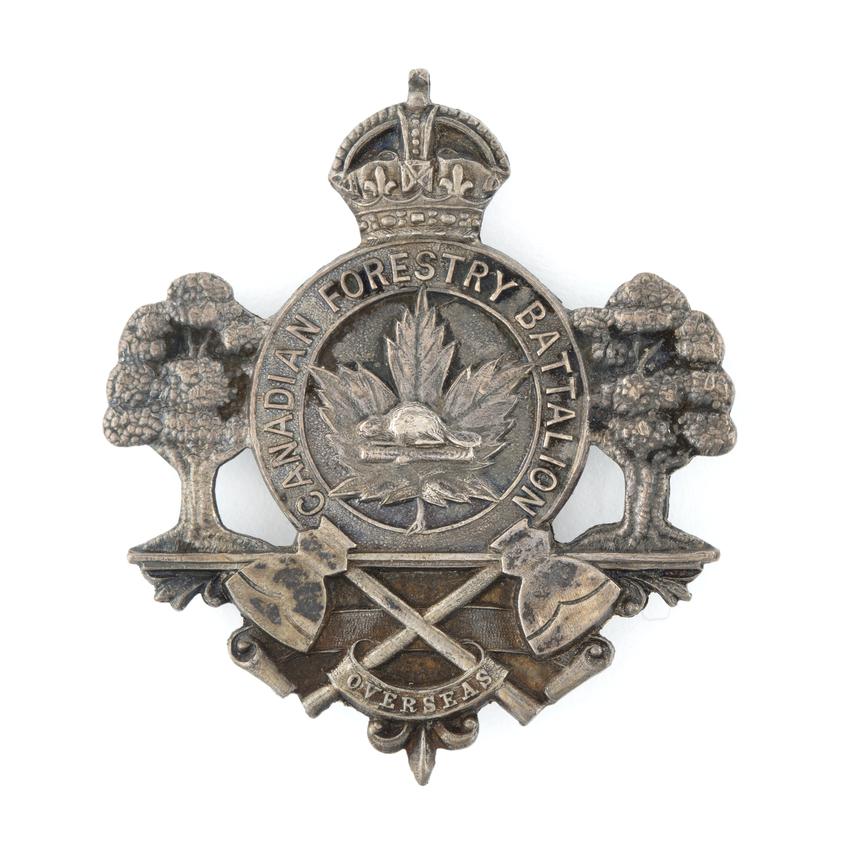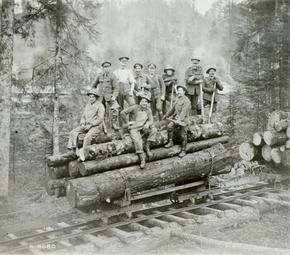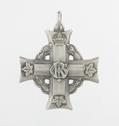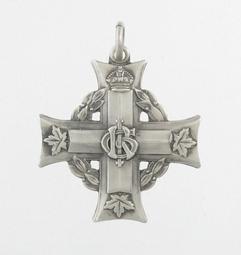Unit
No. 73 Company
Branch
Canadian Forestry Corps
Service Component
Canadian Expeditionary Force
Service Number
649322
birth
1878/11/06
Yorkshire, United Kingdom, England
death
1938/09/02
Wentworth, Ontario, Canada
grave
Westmount Memorial Park (now White Chapel Memorial Gardens), Hamilton, Ontario
Gender
Male
Ernest Crampton was born in Leeds, England, on 16 November 1878. He was the son of Samuel Crampton, a stonemason, and Margaret Crampton. Ernest and his twin sister, Una, were the youngest of the Crampton’s five children. Their father died soon after their birth, at the age of 39.
Crampton married Emily Birch in Wisbey, Yorkshire, England, on 6 April 1901. In 1905, they had a daughter, Alice. The Cramptons immigrated to Canada in 1912. A year later, another child was born, Herbert.
Crampton was working as a blacksmith in Coniston village, in Neelon Township (now part of Greater Sudbury), Ontario, before he enlisted in the 159th Canadian Infantry Battalion (1st Algonquins) in Frood, Ontario, on 30 May 1916. After completing initial training with the battalion, he left Canada on SS Empress of Britain on 31 October 1916, arriving in England on 11 November 1916. The 159th Battalion was absorbed into the 8th Reserve Battalion at Shoreham, Kent on 30 January 1917 to provide reinforcements to units already in the field. In early August 1917, Crampton was transferred to the base depot of the Canadian Forestry Corps (CFC) in Sunningdale, Berkshire. He was probably transferred to the CFC because he was a trained blacksmith. Blacksmithing skills were in high demand for support units such as the CFC.
On 6 September 1917, Crampton was posted to the 73rd Company CFC, and he joined the unit in the field two days later. Upon joining the unit, he was made an acting sergeant. This rank was confirmed a month after the end of hostilities, on 21 December 1918.
Crampton returned to Canada on 23 April 1919 and was discharged in Toronto. He returned to his home in Coniston village and began working as an electrician.
Crampton died in Wentworth, Ontario, on 2 September 1938, at the age of 59. Military authorities attributed his death to “myocarditis [enlargement of the heart], asthma, etc.” and stated that these conditions had been caused by his war service. As a result, Crampton was considered a casualty of the First World War. In spite of this, his family was not permitted to mark his grave with the headstone created by the Imperial (now Commonwealth) War Graves Commission to mark the graves of war casualties. No reason was provided.
Ernest Crampton is buried in Westmount Memorial Park (now White Chapel Memorial Gardens), in Hamilton, Ontario.




